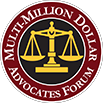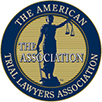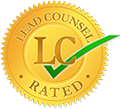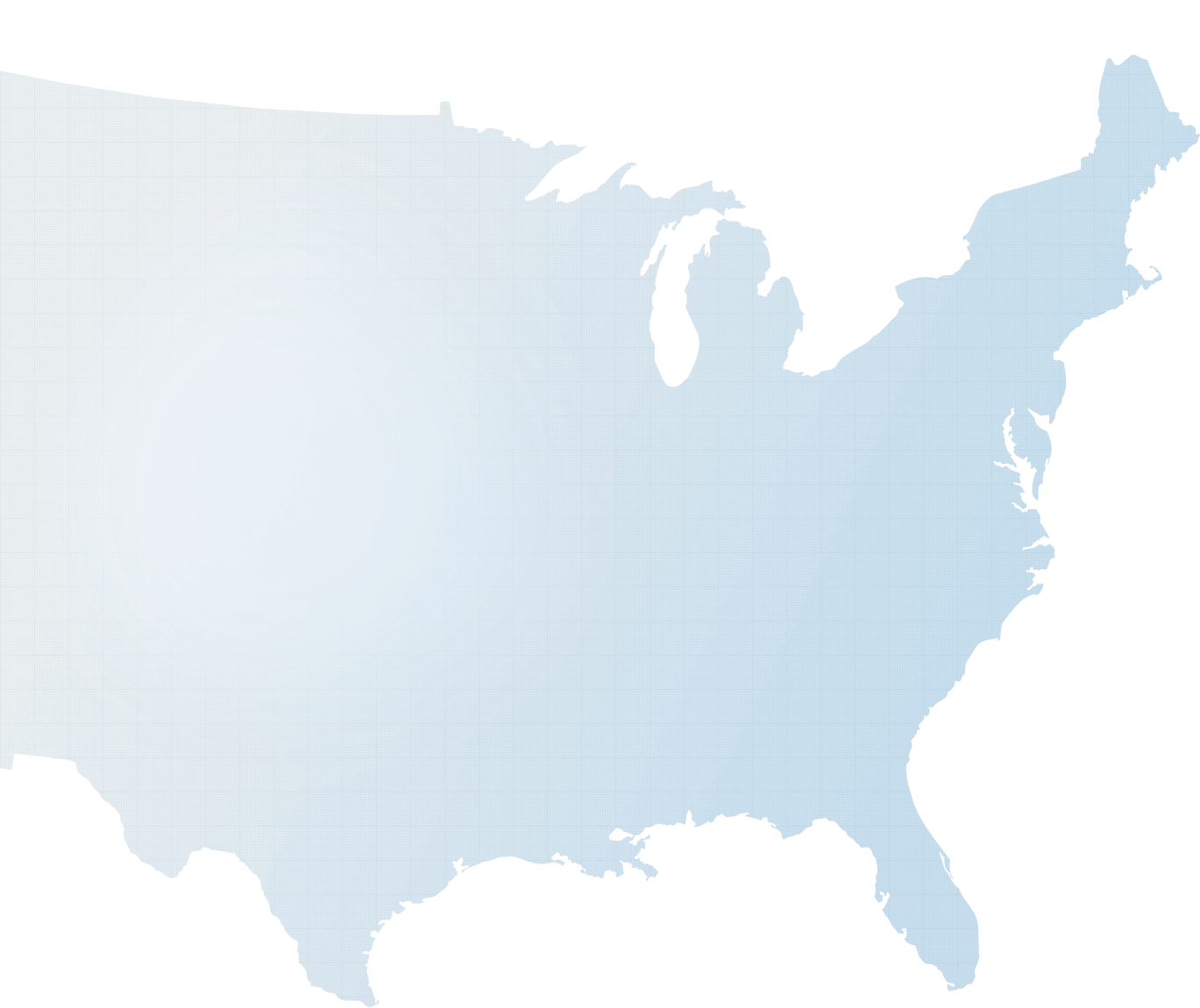
Cerebral Palsy Types
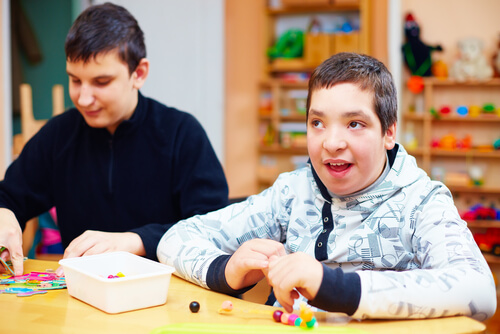
Cerebral palsy is a disorder that affects body movement, muscle tone and mental development. It is caused by a birth injury or abnormal development in the immature brain.
Cerebral palsy affects every child differently. Common symptoms are difficulty in walking, poor muscle control, impaired balance and posture and diminished intellectual disabilities.
Doctors classify cerebral palsy cases into four major types:
1. Spastic Cerebral Palsy
This is the most common type of cerebral palsy. About 80 percent of patients have this type, according to the U.S. Centers for Disease Control and Prevention (CDC). Children with spastic cerebral palsy have increased muscle tone. This means their muscles are stiff and rigid. Their body movements are awkward. Different forms of spastic cerebral palsy are:
- Spastic diplegia (paralysis)/Spastic diparesis (weakness) – Muscle stiffness is mainly in the legs. The arms are less affected or not affected at all. A child with spastic diplegia might have trouble walking. Tight muscles in the hips and legs cause their legs to pull together, turn inward and cross at the knees (also known as scissoring). A walker or leg braces might be required. Intelligence and language skills are often normal.
- Spastic hemiplegia/Spastic hemiparesis – Only one side of the body is affected – more often the arm more than the leg. A child with spastic hemiplegia will not walk until later and perhaps will walk on tip-toes because of tight heel tendons. The limbs on the affected side are often shorter and thinner. Some children develop spine curvature (scoliosis).
- Spastic quadriplegia/Spastic quadriparesis – This is the most severe form of spastic cerebral palsy. It affects all four limbs, the trunk and the face. A child with spastic quadriparesis usually cannot walk at all. The child may have developmental disabilities such as mild to severe mental impairment and problems with vision, hearing or speech. Seizures can be frequent and hard to control.
2. Athetoid Cerebral Palsy
This type of cerebral palsy (also known as dyskinetic, choreoathetoid or dystonic cerebral palsy) is characterized by slow and uncontrollable writhing movements of the hands, feet, arms or legs. Children may be unable to sit up straight or walk smoothly. Hyperactive muscles in the face and tongue can make them grimace or drool. They may have trouble speaking. Intelligence is rarely affected.
3. Ataxic Cerebral Palsy
This rare type of cerebral palsy affects balance and coordination. Children will often walk unsteadily and place their feet unusually far apart. They may have difficulty with quick movements that require fine motor control such as writing or reaching for small objects.
4. Mixed Types of Cerebral Palsy
Some children have symptoms that don’t fit neatly into any single category. Their symptoms are a mix of types. For example, a child with mixed cerebral palsy may have some muscles that are too tight and others that are too relaxed, creating a combination of stiffness and floppiness. The most common type of mixed cerebral palsy is spastic-dyskinetic cerebral palsy.
A Cerebral Palsy Attorney Can Help You and Your Family
If you have a child with cerebral palsy that was caused by the negligence of a doctor, nurse, hospital, pharmacist or some other medical professional, you might be entitled to financial compensation. It’s important to contact an attorney without delay to learn about your rights and the options you should pursue.
Whatever type of cerebral palsy your child has, one thing is certain: The more information you have, the better off you and your family will be.
The Driscoll Firm, LLC, has experienced litigating birth injury cases across the United States, including cases involving children with different types of cerebral palsy. We can help you as well. We can provide you with a free and confidential consultation. When you are ready to talk with a lawyer, call our toll-free number or simply complete our online contact form.
For more information:
- Cerebral Palsy Information, PubMed Health (U.S. National Library of Medicine)
- United Cerebral Palsy
- Cerebral Palsy, Mayo Clinic

